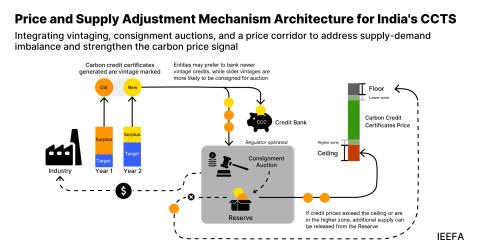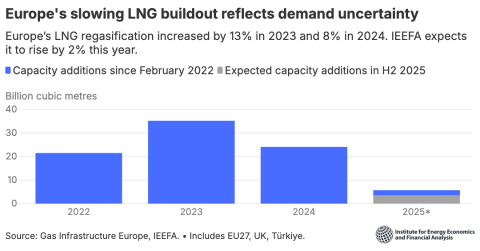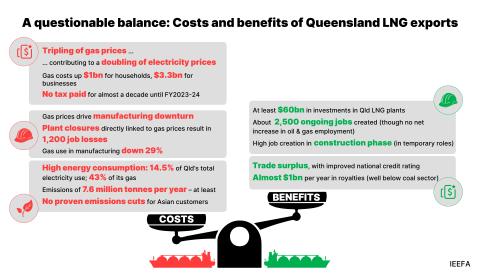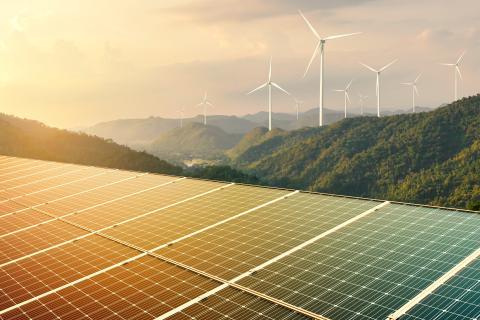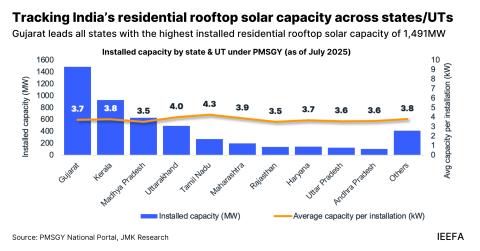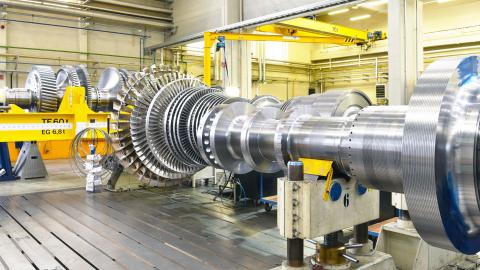US$100 Billion in New Renewable Investments in 2015 Power India’s Energy Transition

Nov. 12, 2015 (IEEFA) — Investments worth more than US$100 billion over the past eight months are driving an unprecedented shift to renewable energy in India, according to a major new report from the Institute for Energy Economics and Financial Analysis (IEEFA).
The report—India’s Electricity Sector Transformation—charts the accelerating influx of global capital into India as the country moves toward its goal of installing 175 gigawatts of renewable energy by 2022.
“In India’s so-called ‘seven horses of energy’ electricity sector transformation, renewable energy is ahead of the pack and rapidly gathering pace,” said Tim Buckley, director of energy finance studies at IEEFA and the lead author of the report.
“In early 2015, global financial markets were skeptical about whether good intentions and big promises could be turned into concrete actions. But today the figures speak for themselves, with well over US$100 billion of firm commitments signed and sealed. This includes deals with state-owned enterprises, leading Indian power companies, a number of Indian billionaires new to the power sector and leading global renewable-energy firms and global utilities.”
Significant moves in 2015 have included:
- Four of the world’s largest solar manufacturers advancing plans to build Indian solar manufacturing capacity (Trina Solar, JA Solar, Hanwha Q CELLS, LONGi);
- Three of the world’s top renewable energy utilities acquiring top Indian renewable project-development firms (EDF Energies Nouvelles, ENEL Green Power, ENGIE);
- Four of North America’s top solar-development companies accelerating project development in India (Sky Power of Canada, First Solar, SunEdison and SunPower);
- Numerous leading Asian innovators and utilities targeting Indian renewables (Foxconn of Taiwan, SoftBank of Japan, Sembcorp of Singapore, CLP Group of HK);
- Major Indian energy sector conglomerates initiating multiple new investment programs in renewables (Adani Power, Tata Power and Reliance Power);
- Several of India’s wealthiest companies entering the power markets to invest in renewables (Aditya Birla Group, the Dilip family, Bharti Enterprises, Jindal Steel and Power);
- Global development banks and leading equity investors providing innovative green finance (International Finance Corp, the World Bank, KfW of Germany, Asia Development Bank, Abu Dhabi Investment Authority, GE, Goldman Sachs, Actis Capital).
October 2015 alone saw more than a dozen major deals in India’s renewable-energy sector, Buckley said, most notably Sany Group, China, announcing plans to invest US$3 billion by 2020, Chint Group, China, announcing plans to invest US$2 billion by 2020, the new SoftBank/Foxconn/Bharti joint venture signing its first US$2 billion memorandum of understanding in Andhra Pradesh for 3GW of renewables and the German government pledging €1.5 billion over five years to support India’s solar energy expansion through a German-Indian solar partnership.
The November 2015 SunEdison solar auction win of 500MW at Rs4.63/kWh (US7.1c) set a record low solar price, 10% lower than the previous record low a few weeks earlier, Buckley said.
“The consequences for imported thermal coal are stark,” said Tom Sanzillo, IEEFA’s director of finance.
The trend, however, is in line with Energy Minister Piyush Goyal’s repeated assertion that India’s reliance on thermal coal imports is not sustainable, Sanzillo said.
“This all reinforces the fact that seaborne thermal coal is in structural decline,” Buckley said. “Coal India Ltd’s production and dispatch growth continued to accelerate in the seven months to October 2015, up 10 percent year-on-year, a gain forecast by no one just one year ago.”
“While there is quite simply no rational economic case for imported coal, the speed of renewable developments is now undercutting domestic fossil fuels.”
As a case in point, Reliance Power, one of the major private electricity generators in India, is reported to be exiting almost its entire coal and gas fired generation plant expansion plans that included 10 gigawatts of capacity. Reliance Power is also looking to sell its 4-gigawatt Sasan coal-fired Ultra-Mega Power Plant, a project was only fully commissioned at the start of this year.
“Smart money is backing renewable energy,” Buckley said. “India is executing one of the most radical energy sector transformations ever undertaken, and this year has shown that the flow of finance is matching the ambition.”
______________________
Media contact: Karl Cates 917-439-8225 [email protected]
About IEEFA
The Institute for Energy Economics and Financial Analysis (IEEFA) conducts research and analyses on financial and economic issues related to energy and the environment. The Institute’s mission is to accelerate the transition to a diverse, sustainable and profitable energy economy and to reduce dependence on coal and other non-renewable energy resources.
More here on IEEFA research: https://ieefa.org/category/subject/reports/




